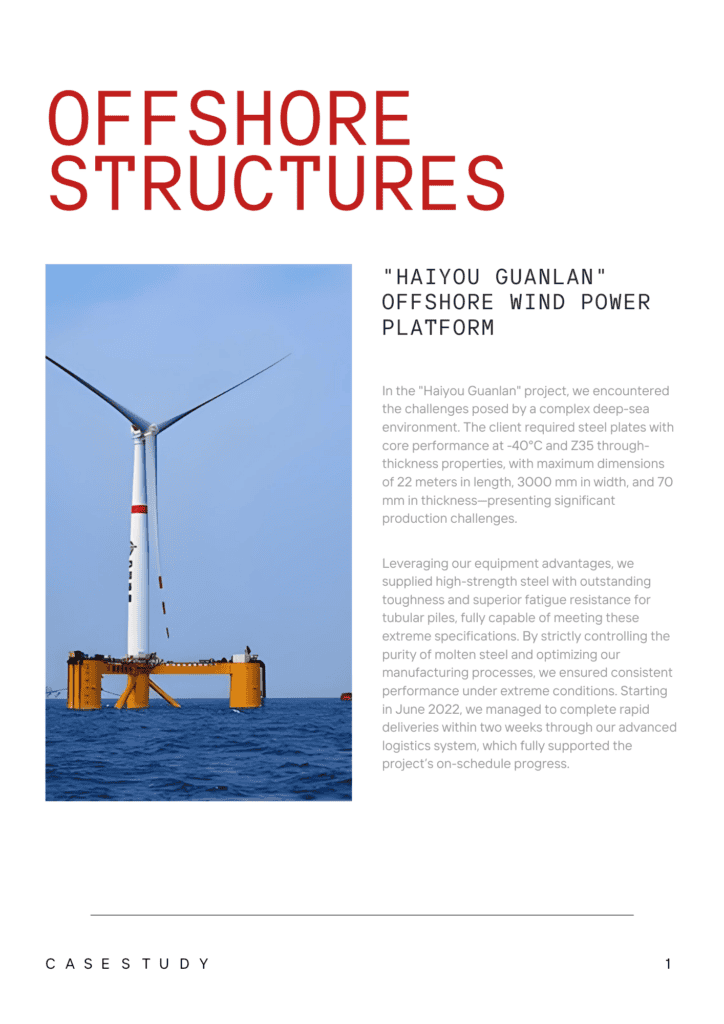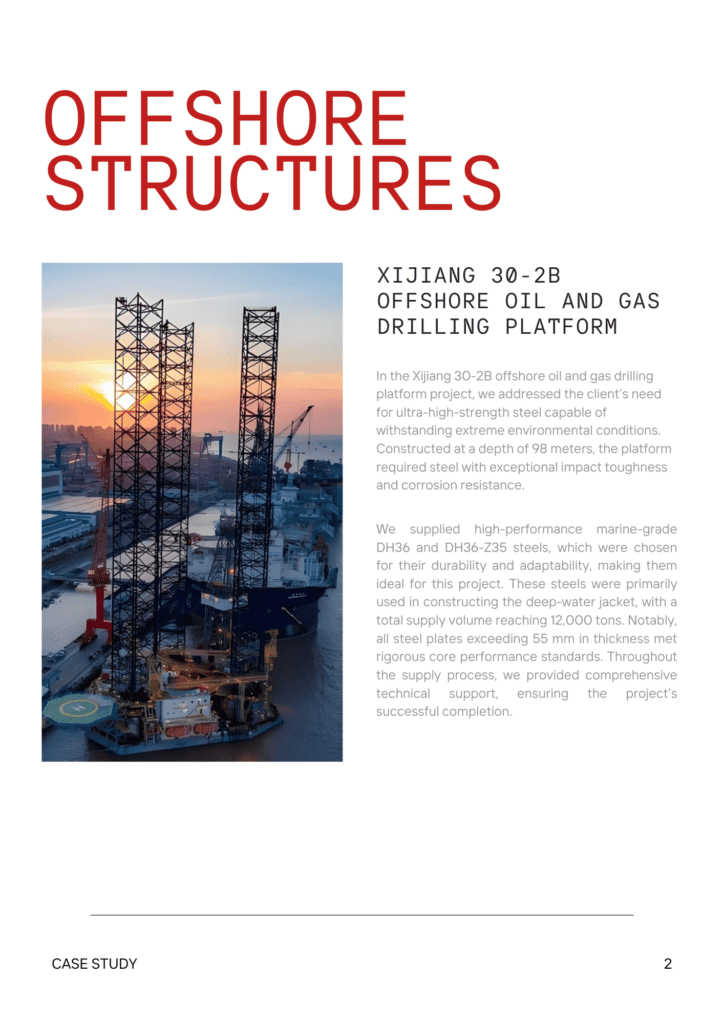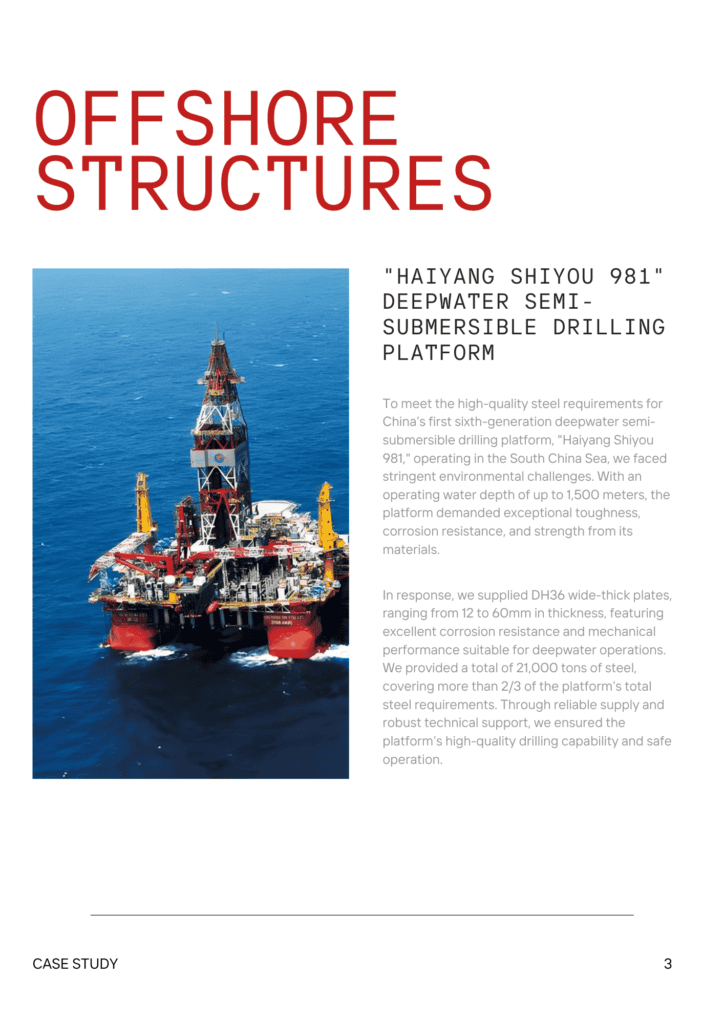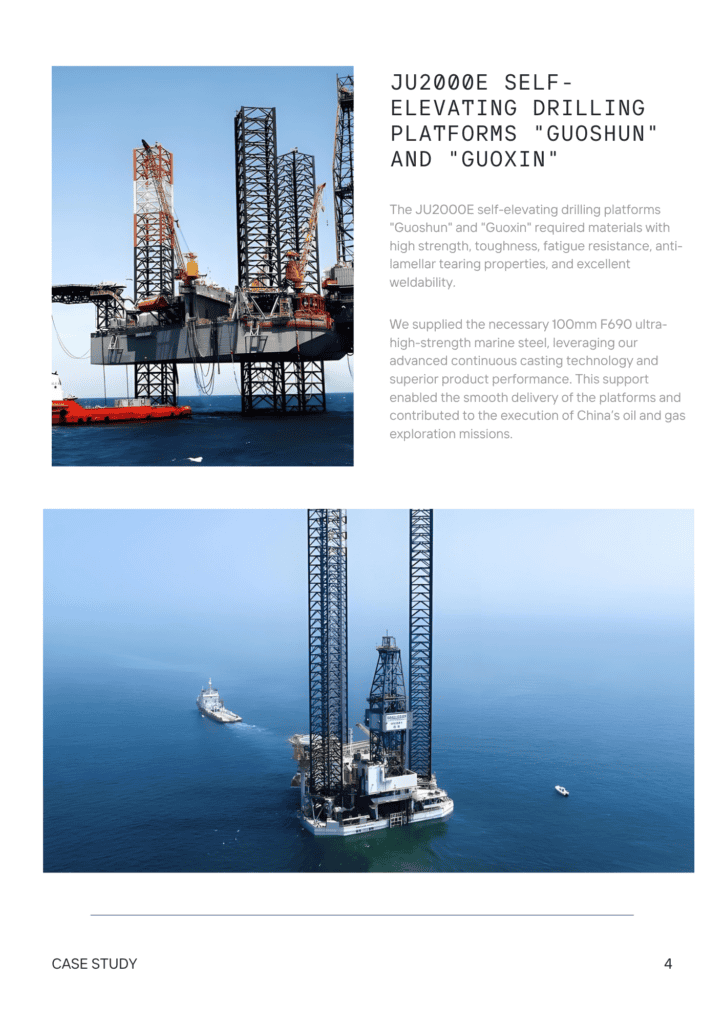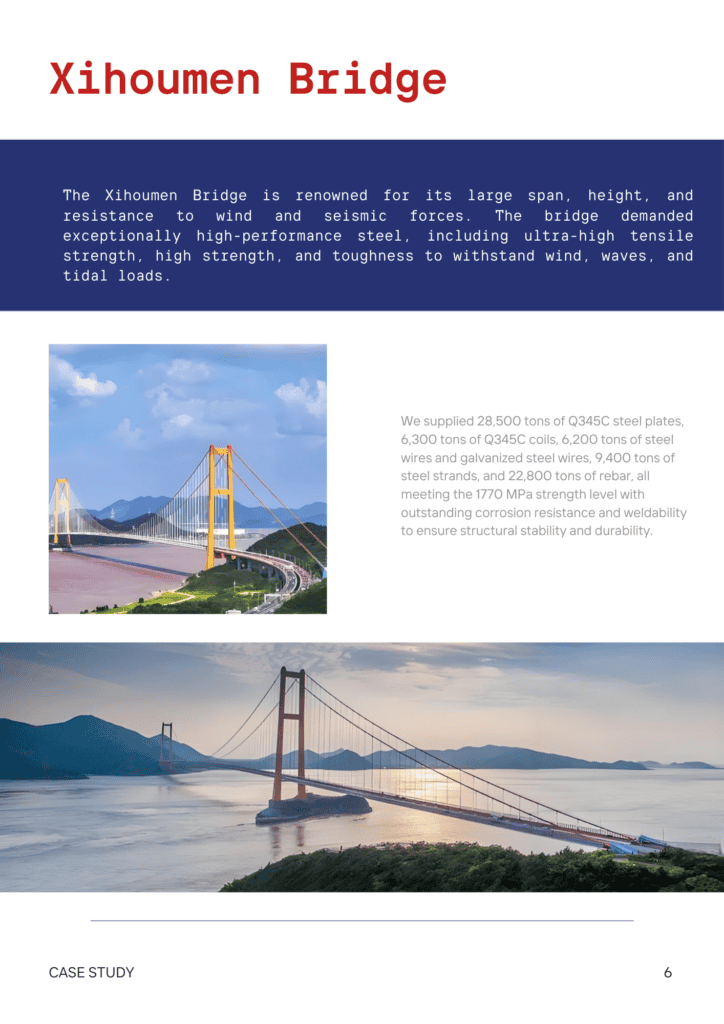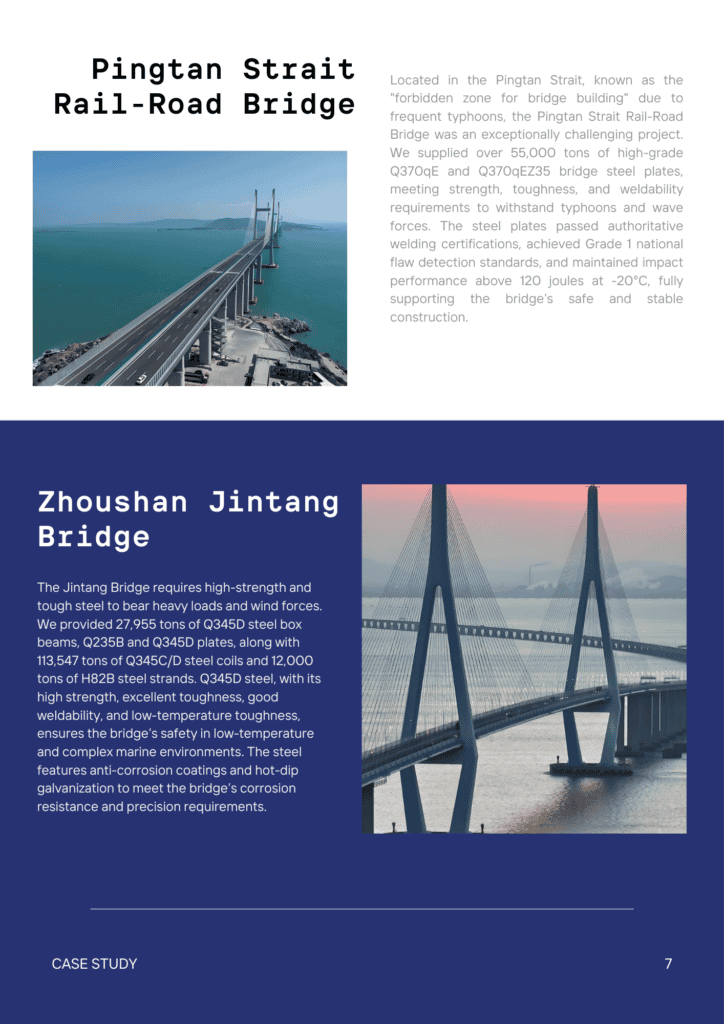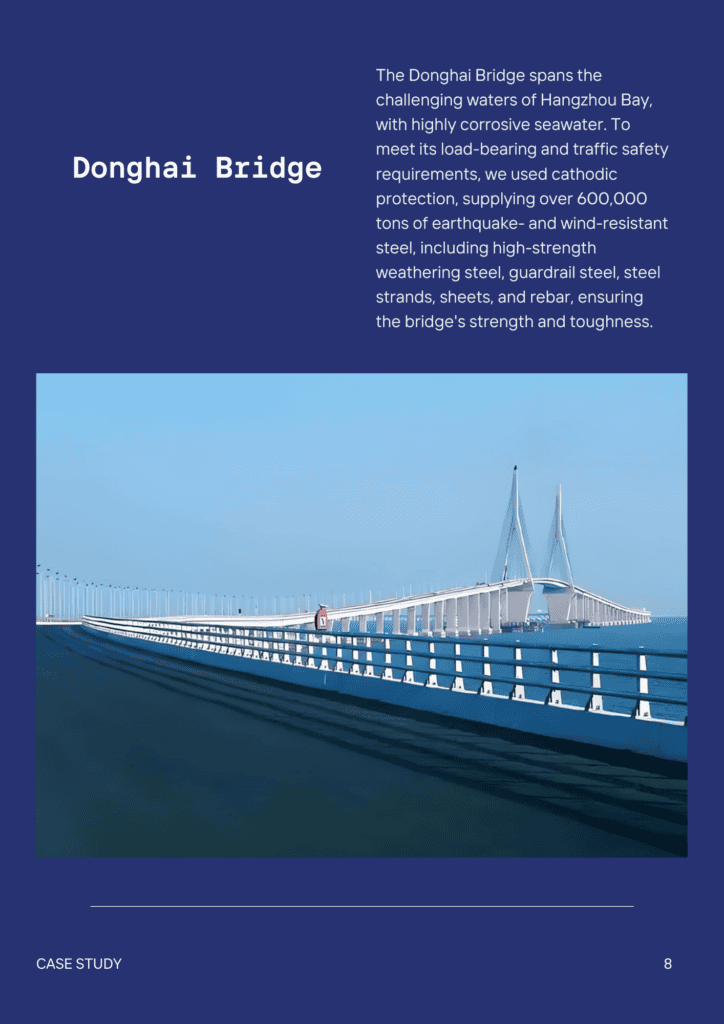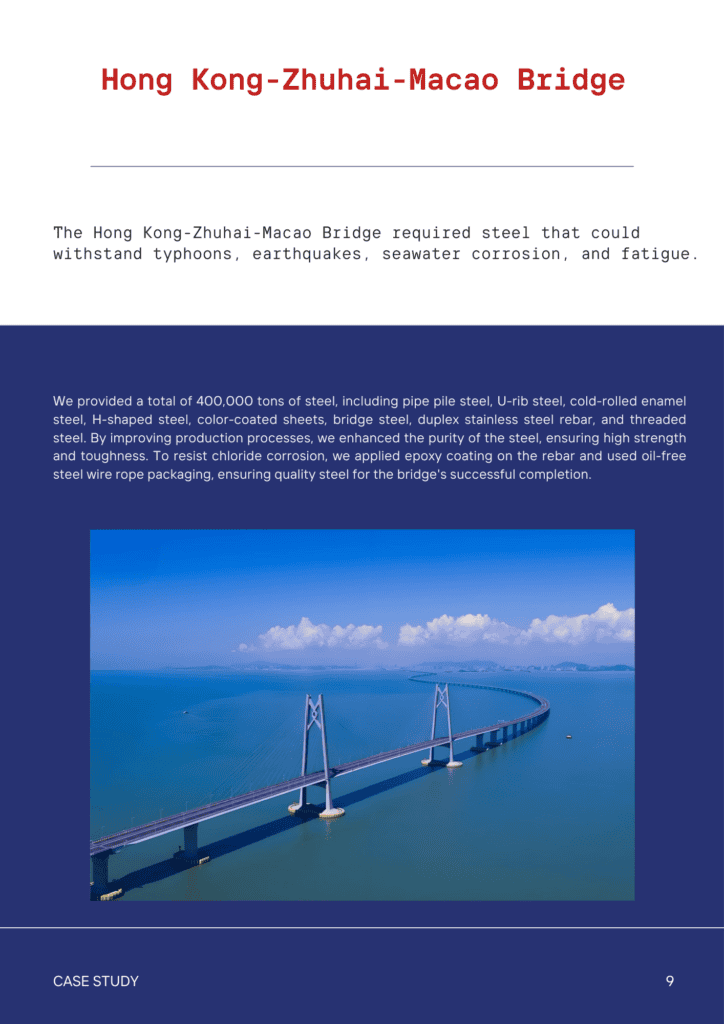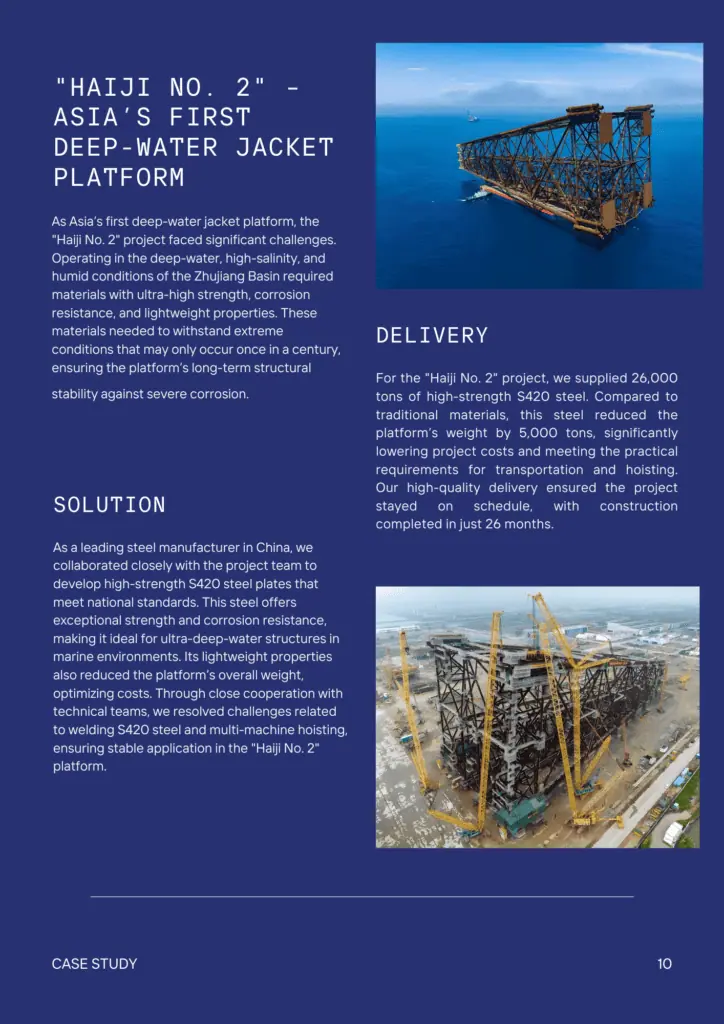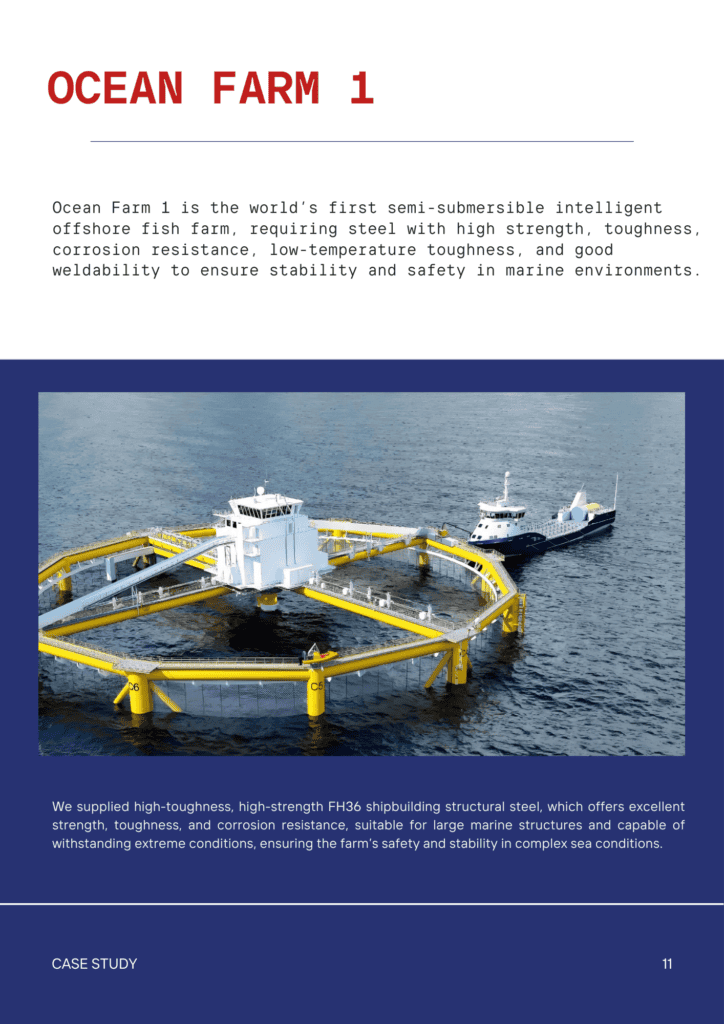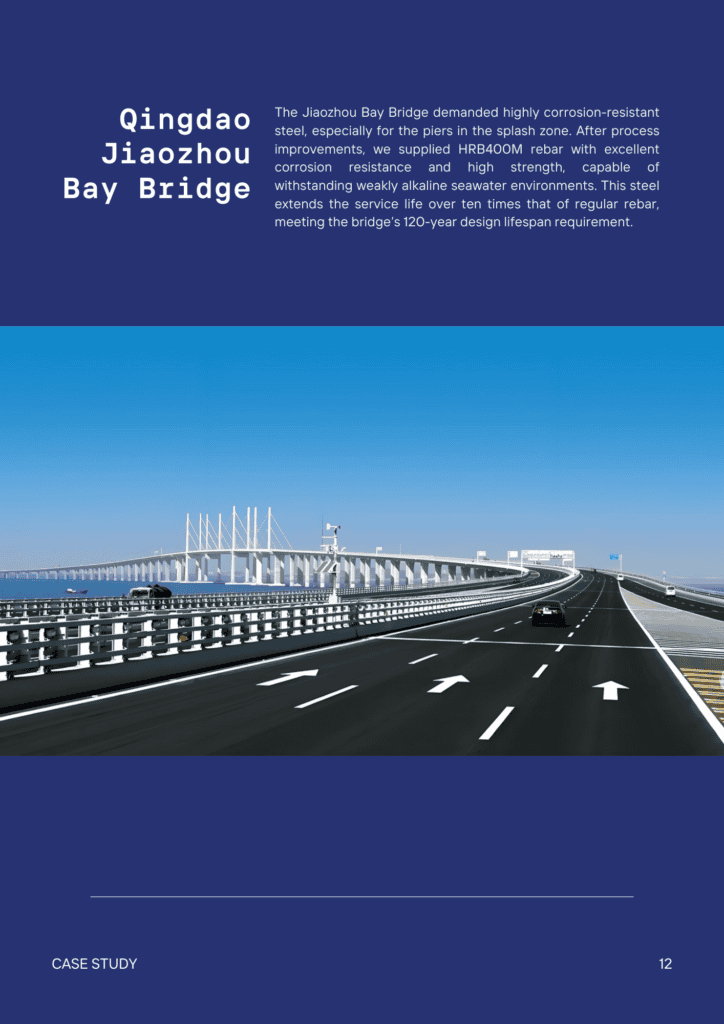Contents
409 Stainless Steel: Definition, Composition, Properties, Processing Characteristics, Applications, and More
- John

What Is 409 Stainless Steel?
409, also known as UNS S40900, is a 400 series ferritic stainless steel composed primarily of chromium (10.5-11.75%) with a small amount of carbon (≤0.08%) and added titanium (≤0.75%). 409 conforms to standards like ASTM A240 for plate, sheet, and strip and is equivalent to 1.4512 (EN). It is notable for its excellent oxidation and corrosion resistance at high temperatures, particularly in the 400-600°C range. Common applications include automotive exhaust systems, heat exchangers, and appliances. 409 has lower corrosion resistance compared to austenitic grades like 304 or 316. It is usually processed through cold rolling, welding, forming, etc., to achieve the desired shape and mechanical properties.
Chemical Composition of 409 Stainless Steel
The chemical composition of 409 stainless steel is listed as below:
| Element | Carbon, C | Chromium, Cr | Manganese, Mn | Phosphorus, P | Silicon, Si | Sulfur, S | Titanium, Ti | Iron, Fe |
| Content (%) | ≤ 0.080 | 11.13 | ≤ 1.0 | ≤ 0.045 | ≤ 1.0 | ≤ 0.045 | 0.75 | Balance |
Properties of 409 Stainless Steel
Here are three major reasons that make 409 stainless steel unique:
- Excellent corrosion resistance, especially in exhaust systems.
- Easy to weld and form into different shapes.
- Cost-effective compared to other stainless steel.
Physical Properties
Check the table below for the core physical properties of 409 stainless steel:
| Property | Value (Metric) | Value (Imperial) |
| Density | 7.80 g/cc | 0.282 lb/in³ |
| Melting Point | 1425 – 1510 °C | 2597 – 2750 °F |
| CTE, Linear (20.0 – 100 °C / 68.0 – 212 °F) | 11.7 µm/m-°C | 6.50 µin/in-°F |
| CTE, Linear (20.0 – 260 °C / 68.0 – 500 °F) | 11.9 µm/m-°C | 6.61 µin/in-°F |
| CTE, Linear (20.0 – 480 °C / 68.0 – 896 °F) | 12.4 µm/m-°C | 6.89 µin/in-°F |
| CTE, Linear (20.0 – 650 °C / 68.0 – 1200 °F) | 12.9 µm/m-°C | 7.17 µin/in-°F |
| CTE, Linear (20.0 – 815 °C / 68.0 – 1500 °F) | 13.5 µm/m-°C | 7.50 µin/in-°F |
| Specific Heat Capacity (0.0 – 100 °C / 32.0 – 212 °F) | 0.460 J/g-°C | 0.110 BTU/lb-°F |
| Thermal Conductivity (95.0 °C / 203 °F) | 24.9 W/m-K | 173 BTU-in/hr-ft²-°F |
| Thermal Conductivity (540 °C / 1000 °F) | 28.6 W/m-K | 198 BTU-in/hr-ft²-°F |
| Electrical Resistivity (20.0 °C / 68.0 °F) | 0.0000600 ohm-cm | 0.0000600 ohm-cm |
| Magnetic Properties | Magnetic due to ferritic structure | / |
Mechanical Properties
Check the table below for the core mechanical properties of 409 stainless steel:
| Property | Value | Performance |
| Tensile Strength | 448 MPa (65 ksi) | Moderate; lower than 304 and 316 grades |
| Yield Strength (0.2% Strain) | 238 MPa (34.5 ksi) | Adequate for general structural use |
| Brinell Hardness (HB) | 143 | Moderate hardness; softer than high-strength steel like 316, better formability |
| Rockwell Hardness (HRB) | 72 | |
| Vickers Hardness (HV) | 155 | |
| Elongation at Break (in 50 mm) | 32.50% | Good ductility, easy to form |
| Young’s Modulus | 200 GPa (29 Msi) | Typical for stainless steel, stiff |
Chemical Properties
Check the table below for the core chemical properties of 409 stainless steel:
| Chemical Property | Description | Performance |
| Corrosion Resistance | Resistance to environmental degradation. | Moderate, lower than 304 but suitable for mild environments and exhausts. |
| pH Sensitivity | Reaction to acidic or basic environments. | Stable in neutral/slightly acidic; less resistant in strong acids. |
| Reactivity | Tendency to react with chemicals or gases. | Low reactivity, ideal for automotive use. |
| Oxidation Resistance | Resistance to oxidation at high temperatures. | Good up to 675°C continuous, 815°C intermittent. |
| Passivation | Ability to form a protective oxide layer. | Forms naturally but less effective than 304/316 grades. |
| Combustibility | Ability to catch fire. | Non-combustible, safe in industrial use. |
| Flammability | Tendency to ignite in flames. | Non-flammable, ensures fire safety. |
Heat & Corrosion Resistance of 409 Stainless Steel
Heat Resistance
409 stainless steel has good heat resistance. It can resist scaling in continuous use up to 675°C and up to 815°C in intermittent service.
Corrosion Resistance
409 stainless steel offers good corrosion resistance, especially in atmospheric and exhaust gas environments. A light layer of rust may form, which helps slow down further corrosion but affects the surface appearance.
It has better corrosion resistance than 410 stainless steel but is not as strong as 430 stainless steel with higher chromium content. 409 is suitable for non-decorative applications where moderate corrosion protection is needed.
Processing Characteristics of 409 Stainless Steel
Formability
409 stainless steel has good formability but is less flexible than austenitic stainless steel. Processes like drawing or stretching should be done at room temperature to achieve better results. It may need more force or specialized tools for shaping. Annealing after forming can help restore its properties due to work hardening.
Weldability
409 stainless steel offers good weldability, but some precautions are necessary.
- Preheating to 150-260°C minimizes cracking risks.
- Using proper filler materials like 409 Cb, 409 Ti, or 430L preserves corrosion resistance and strength.
- Post-weld annealing at 760°C can relieve stress and improve ductility. *Not required for thin weled sections.
- Keep interpass temperatures below 150°C to prevent brittleness.
- Due to high chromium content, shielding gases like argon are needed to prevent oxidation.
- Automotive exhaust tubing is usually welded without the use of filler metal.
Hardenability
409 stainless steel has low hardenability and cannot be hardened through heat treatment. It remains soft even after heating.
409 stainless steel is annealed typically between 790°C – 900°C (1450°F – 1650°F), usually followed by air-cooling.
Advantages and Disadvantages of 409 Stainless Steel
Here are the advantages and benefits of 409 stainless steel:
- Excellent heat resistance, making it ideal for high-temperature applications.
- Good corrosion resistance in exhaust and automotive systems.
- Resistant to oxidation, performing well in mild environmental conditions.
- Affordable compared to other stainless steels, especially in large applications.
- Easy to fabricate and weld, suitable for many industrial uses.
Here are the disadvantages and limitations of 409 stainless steel:
- Lower corrosion resistance than grades like 304 or 316.
- Reduced strength at elevated temperatures compared to other stainless steel.
- Not suitable for highly corrosive environments, such as marine or chemical industries.
- Less durable in extreme environments, especially with exposure to salt.
- May require coating or surface treatment to improve appearance and longevity.
Common Applications of 409 Stainless Steel
Check the table below for a quick view of its common applications:
| Industry | Application | Why It Suits |
| Automotive | Exhaust systems, Mufflers, Catalytic converters, Heat shields | High heat resistance, corrosion resistance, cost-effective |
| Construction | Roofing, Wall cladding, HVAC systems, Ventilation ducts | Good corrosion resistance, durability, ease of fabrication |
| Agriculture | Silos, Feed troughs, Water tanks, Agricultural equipment | Corrosion resistance, affordability, ease of welding |
| Power Generation | Gas turbine exhausts, Boiler systems, Heat exchangers, Flue gas ducts | Heat and corrosion resistance, suitable for high-temperature environments |
Equivalent Grades of 409 Stainless Steel in Different Countries and Regions
Here are some common equivalent grades of SS 409 in different countries and regions:
| Country | Standard/Specification | Equivalent Grade |
| EU | EN 10088-2 | X2CrTi12 (1.4512) |
| USA | ASTM A240/A240M | 409 / S40900 |
| Japan | JIS G4304 | SUS409L |
| France | NF A 35-573 | Z3CT12 |
| England | BS 1449-2 | 409S |
Difference Between 409, 304, and 316 Stainless Steel
Check the table below for a quick comparison between stainless steel 409, 304, and 316:
| Property | 409 | 304 | 316 |
| Type | Ferritic | Austenitic | Austenitic |
| Crystal Structure | Body-Centered Cubic (BCC) | Face-Centered Cubic (FCC) | Face-Centered Cubic (FCC) |
| Chemical Composition | Cr: 11.13%, Ti: 0.75% | Cr: 18-20%, Ni: 8-10.5% | Cr: ≤18%, Mo: ≤3%, Ni: ≤14% |
| Corrosion Resistance | Moderate; lower than 304 and 316 | Good resistance to corrosion; general use | Excellent resistance to corrosion, especially in chloride environments |
| Tensile Strength | 448 MPa (65 ksi) | 505 MPa (73.2 ksi) | 580 MPa (84.1 ksi) |
| Yield Strength | 238 MPa (34.5 ksi) | 215 MPa (31.2 ksi) | 290 MPa (42.1 ksi) |
| Rockwell Hardness (HRB) | 75 | 70 | 79 |
| Weldability | Good, but requires preheating | Excellent, easy to weld | Excellent, easy to weld |
| Cost | Low | Moderate | High |
| Applications | Automotive exhaust systems, heat exchangers | Kitchen equipment, chemical containers | Marine applications, chemical processing, pharmaceutical equipment |
Further Reading
304 vs 409 Stainless Steel
What You Might Also Concern
Is 409 Stainless Steel Weldable?
Yes, 409 stainless steel is weldable. It’s often used in applications like exhaust systems where welding is necessary.
Is 409 Stainless Steel Magnetic?
Yes, 409 stainless steel is magnetic. It is a ferritic stainless steel, which generally retains magnetic properties.
Related Reading
How to Keep 409 Stainless Steel From Rusting?
To keep 409 stainless steel from rusting, keep it clean and dry. Apply protective coatings, and avoid exposure to harsh chemicals or saltwater. Regular maintenance, such as removing surface contaminants, helps prevent corrosion.
Related Reading
Will Stainless Steel Rust and How Can You Solve It?
Is 409 Stainless Food Grade?
No, 409 stainless steel is not considered food grade. It is used primarily for automotive and industrial applications. For food-grade applications, 304 or 316 stainless steels are preferred due to their superior corrosion resistance and compliance with food safety standards.
Summary & Furthermore
This article briefly explains the definition, composition, properties, processing characteristics, applications, and other important aspects of 409 stainless steel. To learn more about stainless steel or other steel types, check out our blog or contact our metal experts.
As a leading manufacturer and solutions provider of specialty steel, we deliver multi-industry application solutions and customized services with a 100% quality guarantee, committed to growing together with our customers. Visit our website to learn more, or send us a quote, and we will contact you shortly!
Contact Us
Any questions or demands please feel free to leave messages for us here. We will give our expert response as soon as possible.
- Stainless Steel Grades
- 300 Series Stainless Steel
- 303 Stainless Steel
- 304 Stainless Steel
- 305 Stainless Steel
- 308 Stainless Steel
- 316 Stainless Steel
- 316N Stainless Steel
- 409 Stainless Steel
- 410 Stainless Steel
- 416 Stainless Steel
- 420 Stainless Steel
- 430 Stainless Steel
- 410HT And 410L Stainless Steels
- 410S Stainless Steel
- 440 Stainless Steel
- 436 Stainless Steel
- 301 Stainless Steel
- 201 Stainless Steel
- 202 Stainless Steel
- 444 Stainless Steel
- 405 Stainless Steel
- 302 Stainless Steel
- 309 Stainless Steel
- 314 Stainless Steel
- 321 Stainless Steel
- 347 Stainless Steel
- 408 Stainless Steel
- 422 Stainless Steel
- 431 Stainless Steel
- 434 Stainless Steel
- 414 Stainless Steel
- 430FR Stainless Steel
- 13-8 PH Stainless Steel
- 317 | 317L Stainless Steel
- 616 Stainless Steel
- 630 Stainless Steel
- 904L Stainless Steel
- A2 Stainless Steel
- 304 vs 304L Stainless Steel
- 304 VS 316 Stainless Steel
- 304 vs 409 Stainless Steel
- 304 vs 430 Stainless Steel
- 410 Stainless Steel vs 304
- 18/0 vs 18/10
- 18/0 Stainless Steel
- 18/8 Stainless Steel
- 18/10 Stainless Steel
Comparisons



